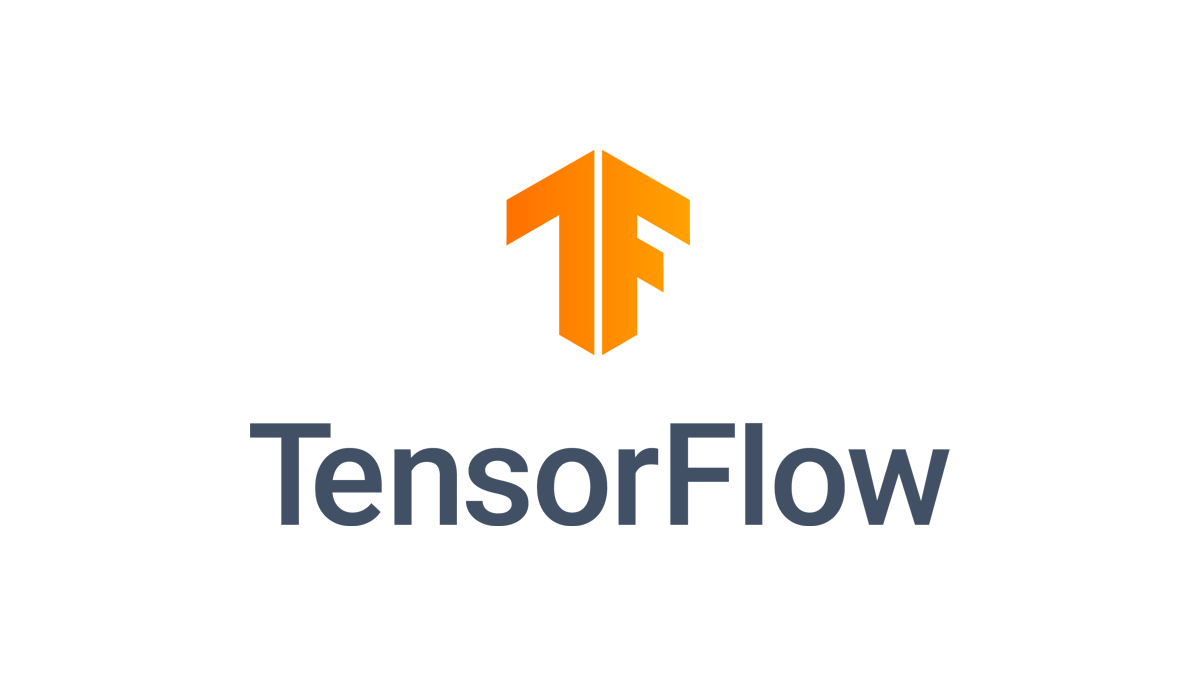Thanks all for the beta testing. I've retired the test repo and released version 2.0.0 and AI11 at the regular repo location. Please re-edit your repository list to point to:
https://www.rc-astro.com/StarXTerminator/PixInsight/
The official version of AI11 has some small improvements with additional training on user-provided data (thanks!), mainly better handling of bright stars with very wide-spread scattered light, such as is seen with certain astrographs (e.g., Tak Epsilon).
One point of interest that came up during testing pertains to images stretched using alternate methods such as GHS. These methods often produce star profiles that are virtually indistinguishable from small elliptical galaxies. The network could be trained to remove them, of course, but then it would zap the small ellipticals. We wouldn't want that – it is STARXTerminator, after all. ?
There are two recommendations if you intend to stretch using GHS or similar methods. The first (and best) is to remove the stars prior to stretching. This approach has the added flexibility of being able to perform different stretches on the stars and starless images. If you don't want to back up that far in an ongoing workflow, the second possibility is to run StarXTerminator twice. In testing it did a reasonable job of picking up any GHS-stretched stars it missed on the first run. Not as good as removing stars in the linear image, but it's worth a try.
If you use the second method and end up with two stars images, you can combine them using PixelMath to 1) add them together if you didn't use the "unscreen" option, or 2) screen blend them if you did.
https://www.rc-astro.com/StarXTerminator/PixInsight/
The official version of AI11 has some small improvements with additional training on user-provided data (thanks!), mainly better handling of bright stars with very wide-spread scattered light, such as is seen with certain astrographs (e.g., Tak Epsilon).
One point of interest that came up during testing pertains to images stretched using alternate methods such as GHS. These methods often produce star profiles that are virtually indistinguishable from small elliptical galaxies. The network could be trained to remove them, of course, but then it would zap the small ellipticals. We wouldn't want that – it is STARXTerminator, after all. ?
There are two recommendations if you intend to stretch using GHS or similar methods. The first (and best) is to remove the stars prior to stretching. This approach has the added flexibility of being able to perform different stretches on the stars and starless images. If you don't want to back up that far in an ongoing workflow, the second possibility is to run StarXTerminator twice. In testing it did a reasonable job of picking up any GHS-stretched stars it missed on the first run. Not as good as removing stars in the linear image, but it's worth a try.
If you use the second method and end up with two stars images, you can combine them using PixelMath to 1) add them together if you didn't use the "unscreen" option, or 2) screen blend them if you did.

